Thor in the 1970s is a character without his two main creators, and passing through diverse hands like Roy Thomas, John Buscema, Gerry Conway, Ralph Macchio, and others. Many good stories, but they were missing some of the flair and style of the now-classic Kirby/Lee run.
The '70s saw Thor calendars, posters, Mego action figures, and toys, while the Marvel comic line flourished, becoming the leader in superhero comics. Spider-Man and Hulk TV got live-action movies and series as did Dr. Strange, and Captain America, with Fantastic Four and Spider-Woman cartoons on Saturday morning. However, a Thor TV series wasn't attempted until the '80s.
10 Marvel Treasury Edition #3 1974: "The Hercules/Thor Saga"
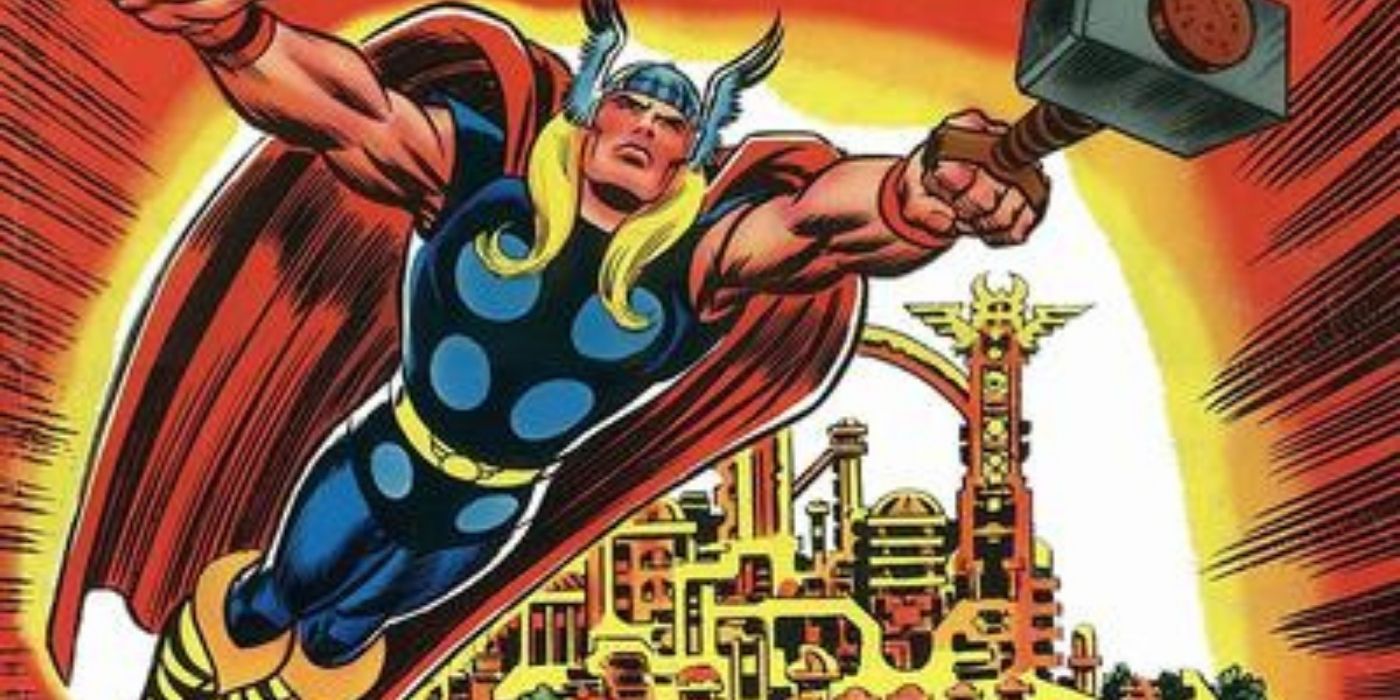
An angry Odin orders an attack on Thor for disobeying him and seeing Jane Foster on earth. Thor then breaks away and is exiled in return. Hercules battles a jealous Thor over Jane all across lower Manhattan. They then team up against Pluto to save Hercules from a contract he'd signed with Pluto and wished he hadn't.
This is a reprinting of a Thor arc from Journey Into Mystery #126-130 in the popular 1970s oversized treasury edition. containing 100 pages of story with few pinups. There were used for both new stories and for reprinting classic tales from the past. In this case, a run of classic Kirby/Lee tales for 1966, all inked by Vince Colletta.
9 Thor #172, 1970: "The Immortal and the Mind-Slave!"
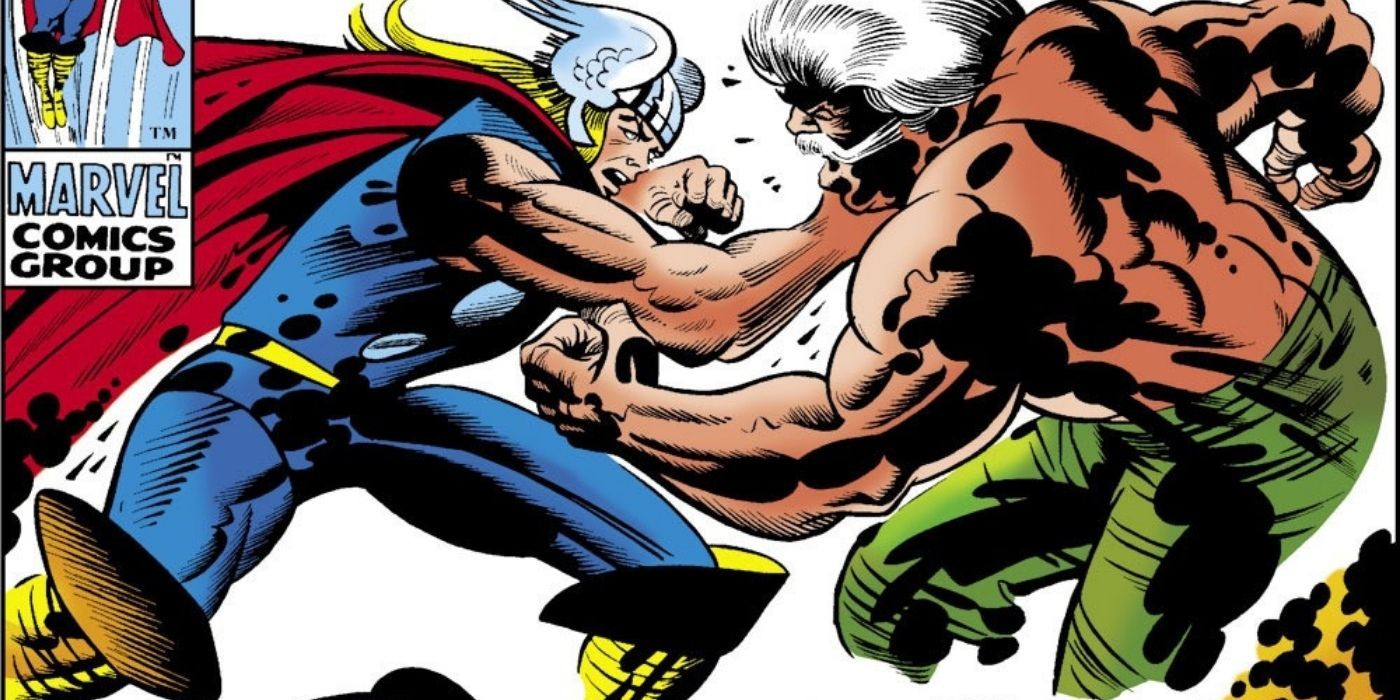
Thor's former girlfriend, Jane Foster is kidnapped by Ultra-right Kornin Krask and is forcing her new boyfriend Dr. Jim North to perform a 'mind-transfer". Thor tries to save them but is captured, and Krask tries to perform the transfer on him. It does not go well. Readers also get a brief scene of Loki plotting the upcoming attack on Asgard.
Jane Foster returns, and Thor is there to help her. This is part of the run of issues liked by Bill Everett, a Golden Age artist. He's a nice break from the scratchy lines of regular inker, Vince Colletta. Everett puts back in all the details that Colletta leaves out.
8 Thor #272: The Day the Thunder Failed
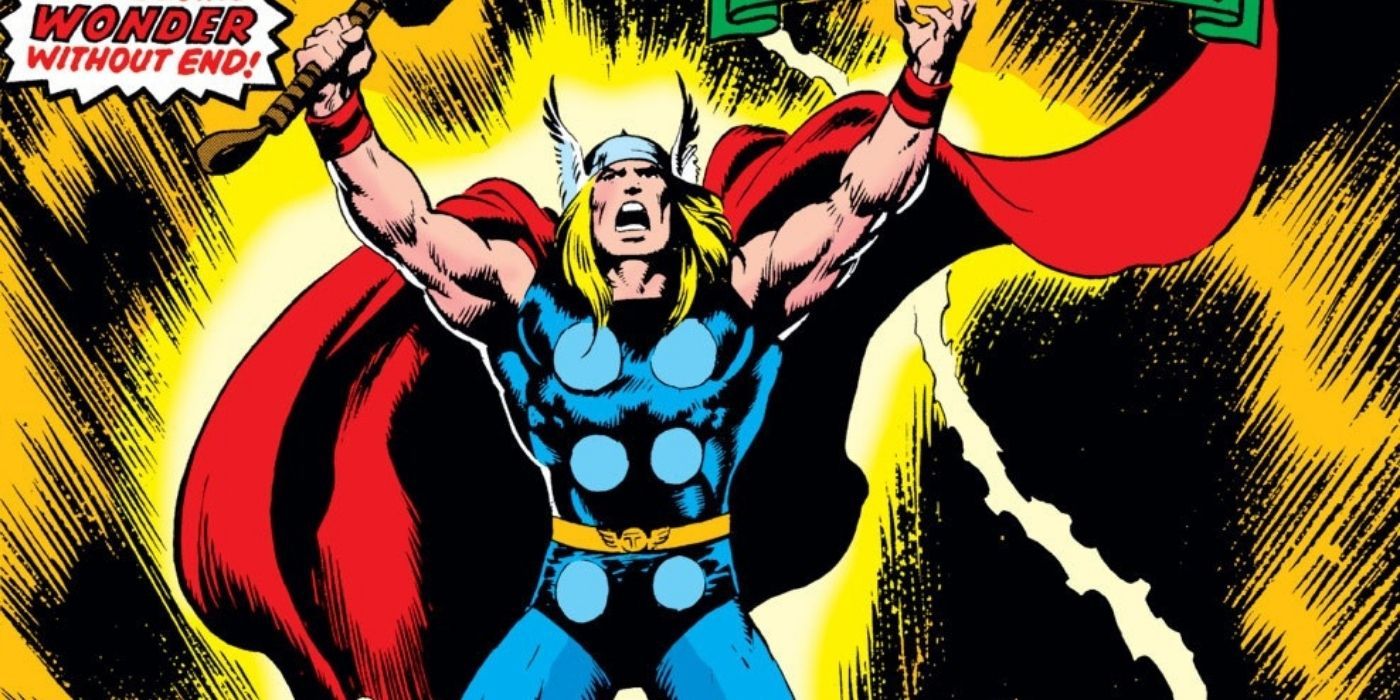
Thor and Loki are lost on the way to Asgard, and follow a friendly giant to a castle where lives a wizard. The wizard challenges them to three tests in order to walk free from his castle. They agree, but it is all a trick to get the measure of the Gods. Loki's powers are useless, and Thor's blunted by magic. The story was written by Roy Thomas, with art by John Buscema and Tom Palmer.
Tom Palmer has a very slick inking style and does well over Buscema, whose pencils can be on the loose side. The story is told to children Thor rescues from a bunch of bullies and is told to them something like a fairytale. The "Thunder That Fails" that fails here is Thor himself, as through enchantment he is unable to pass the wizard's tests (because wizards cheat).
7 Thor Annual #7: The Eternals Saga

Thor #283-301. When Kirby left Marvel for the last time, he left his saga, The Eternals, unfinished and purposely unconnected for the Marvel Universe proper. Roy Thomas, the man famous for tidying up the universes of both DC and Marvel, was working to integrate the Eternals into the MU, aided by Mark Gruenwald and Ralph Macchio, with artists John Buscema and Keith Pollard.
How they did it would affect stories of Asgard in the years to come. First, Thor finds he has met the Eternals and the Celestials in the past, but his memories have been blocked. Thor sets off to find the Eternals, thus triggering a war between the gods that threatens earth and all the universe. It's one of the biggest epics of Thor's 70s run.
6 Thor Annual #6: The Korvac Saga
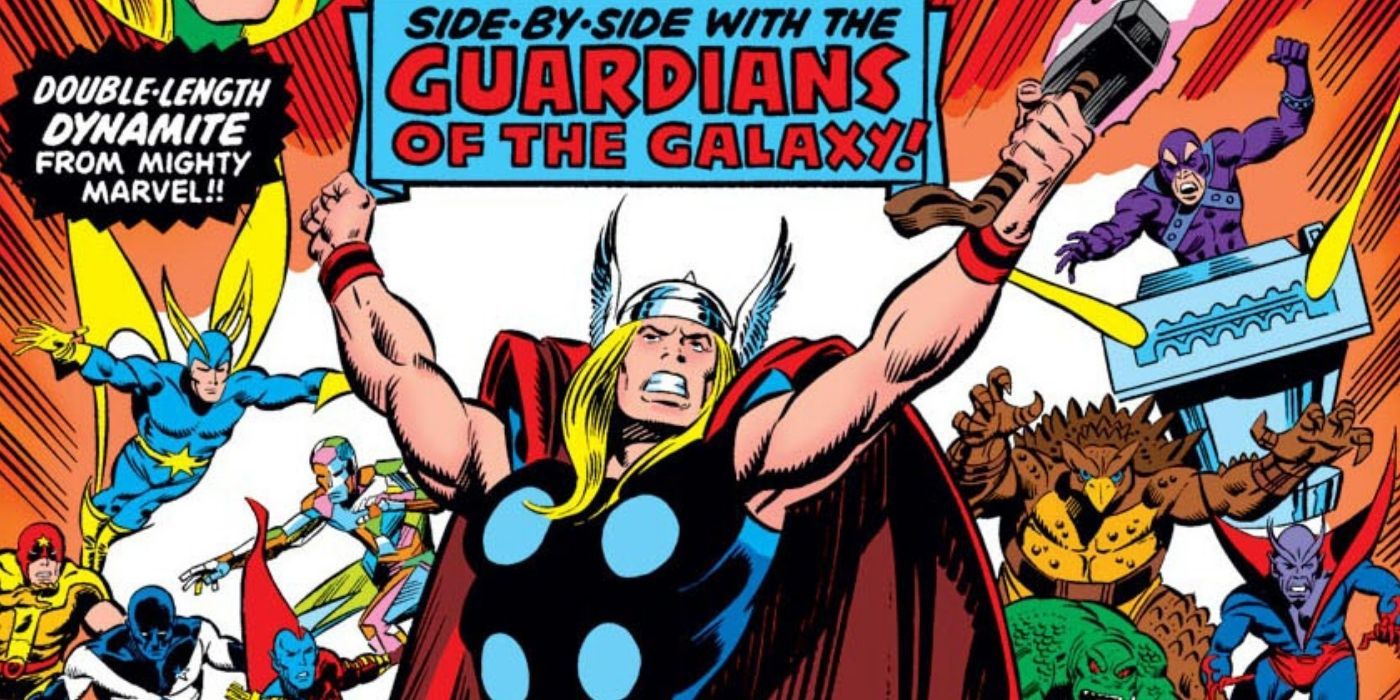
Stretching across several issues and titles, "The Korvac Saga" begins here. While trying to stop a nuclear device, the God of Thunder is transported to the 31st century, where he is found by the powerful Guardians of the Galaxy. Thor teams up with the Guardians to fight Korvac, who possess the device he stole from Thor's time.
The rest of the storyline stretches across Avengers #167-177, as Kormac, and 31st-century computer genius continues his high-tech crime wave, forcing the Guardians to travel to the 1970s to stop Korvac and save their own time. It's an epic taking a year to conclude and involving much of the Marvel universe.
5 Thor #173, 1970: "Ulik Unleashed!"
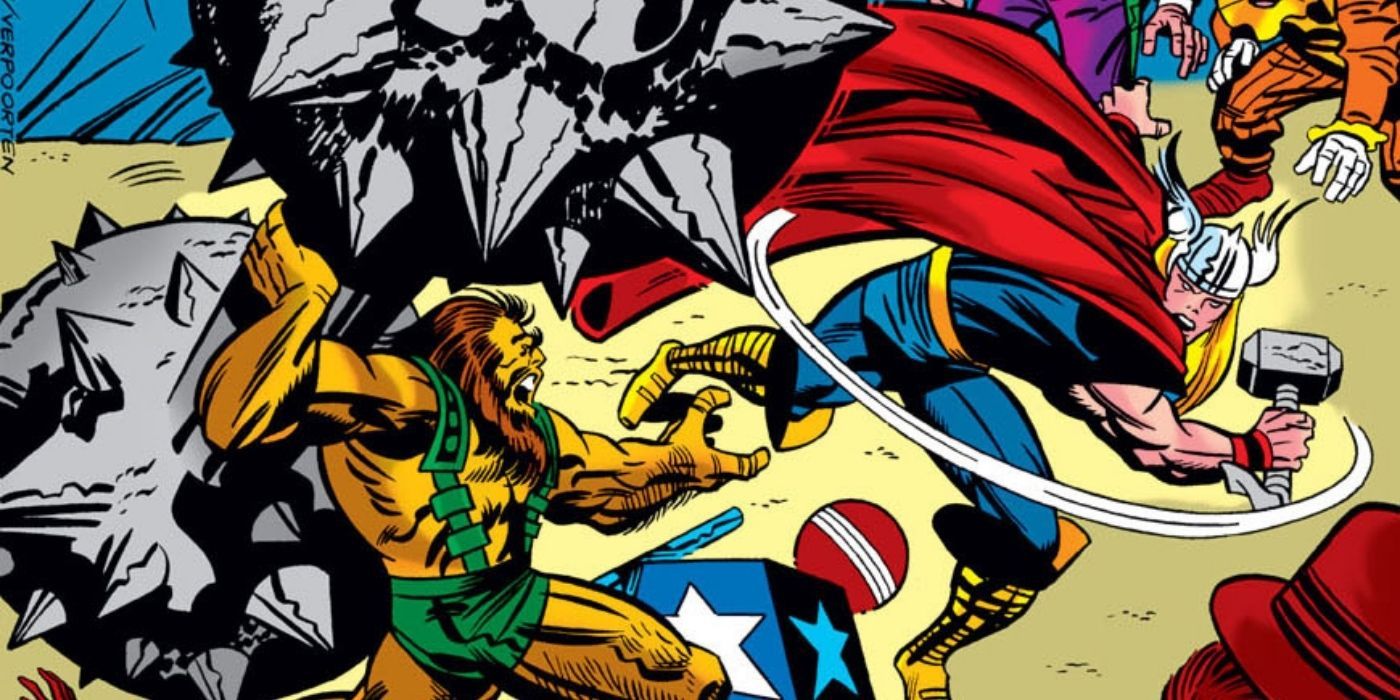
The Ringmaster and his Circus of Crime kidnap Ulik, a toll sent by Loki to kill Thor and use him as a strong man in his circus. Thor stops them both. The Assault on Asgard starts here, with Loki proclaiming himself the true ruler, again. It's an odd story, as the Ringmaster and Circus of Crime stories usually were.
This issue starts to close out Jark Kirby's last arc after his fabled run on Thor. While the story doesn't come up to the heights of the '60s run, it begins the "The Fall of Asgard". Inking Jack's pencils here is Golden Age legend, Bill Everett, creator of the Sub-Mariner. He's a welcome change from regular inker, Vince Colletta.
4 Thor #179, 1970: "No More the Thunder God!"
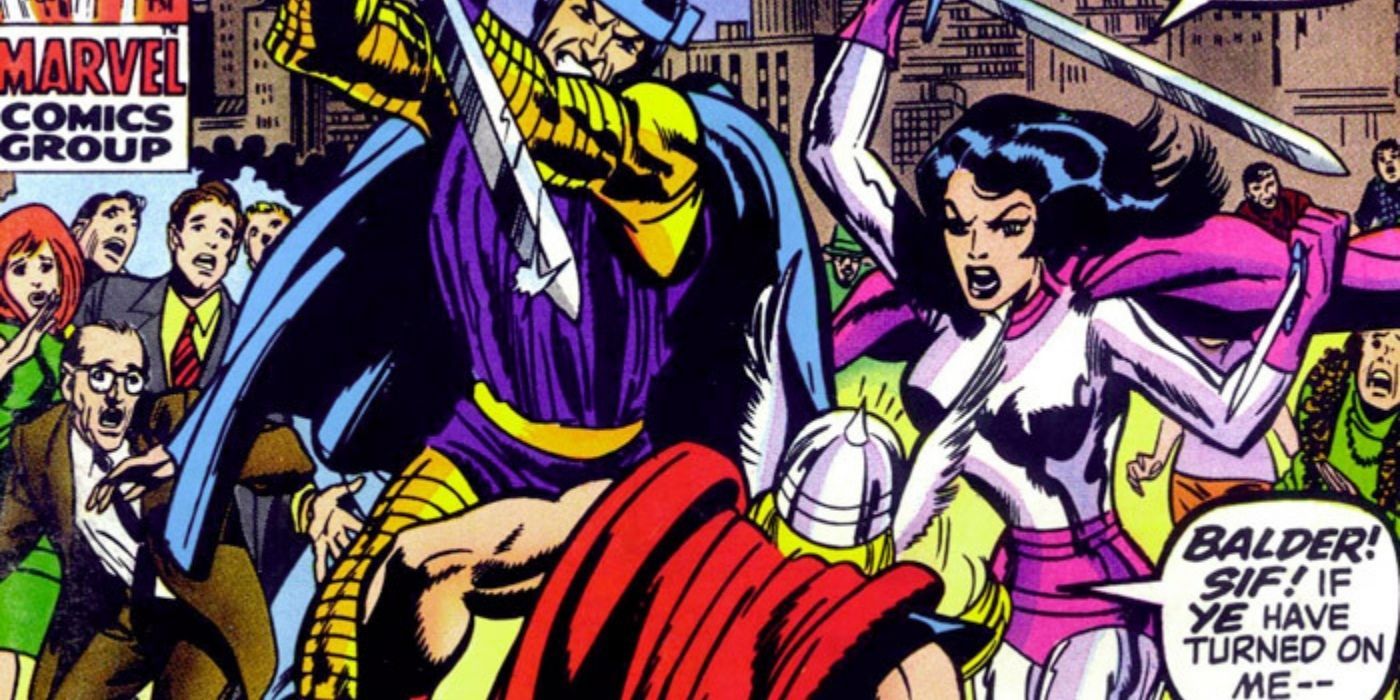
Loki switches faces with Thor, steals his hammer and clothes, and leaves the real Thor in Loki's uniform. The real Thor is attacked by Balder and Sif, thinking him to be Loki. Balder is wounded by Thor during the battle. Art on this issue is by Kirby, with inking by both Vince Coletta and John Verpoorten, and it is easy to spot the difference.
Loki does a Nick Cage/John Travolta to Thor, and Thor is not happy. Jack Kirby is now done with Thor, leaving others to resolve how Thor will get his own face back. Jack will go to DC for the next few years, and then back to Marvel, then off to do animation storyboards and series presentations.
3 Thor #177, 1970: "To End in Flames!"
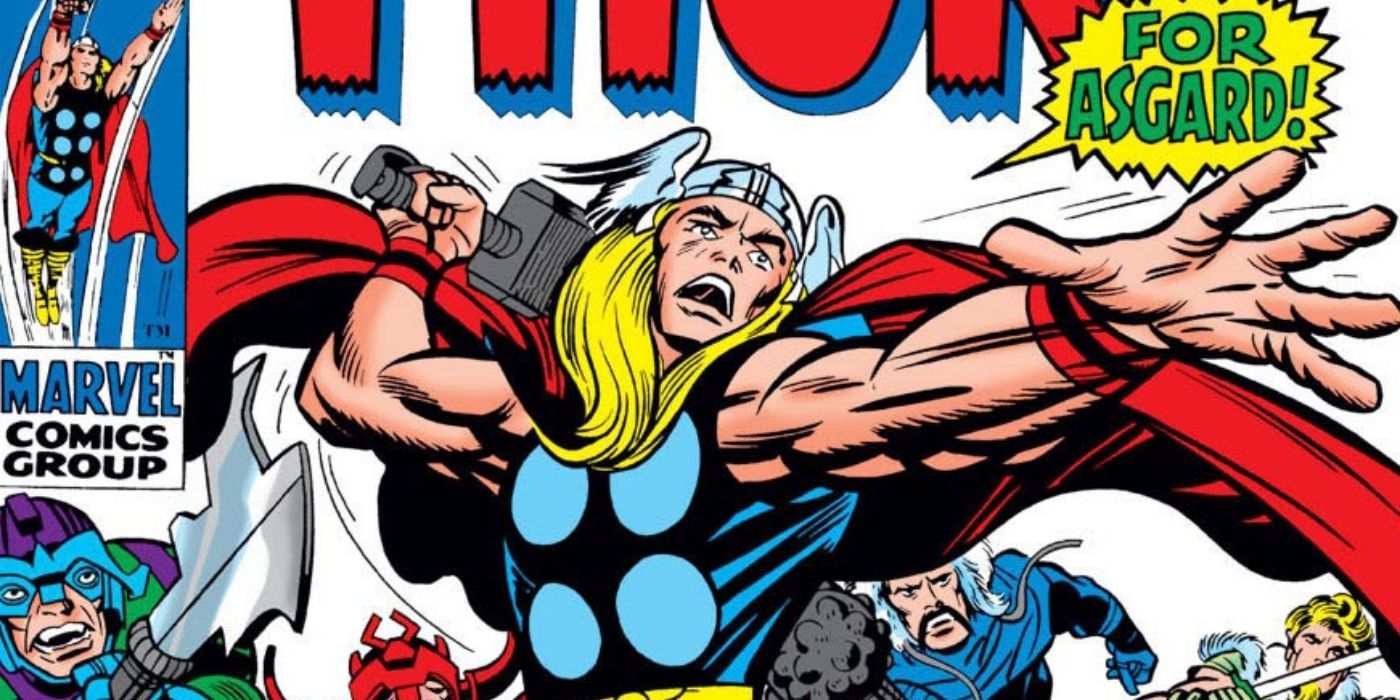
Loki, the coward, escapes to earth while Thor and the Asgardians battle Surtur in Asgard. Balder goes to The Sea Of Eternal Night to awaken Odin, the only person who can stop the demon. Odin awakens, Surtur is stopped and Asgard is saved. There is much celebration.
Loki is defeated, but he's escaped to earth with his secrets, vowing revenge. The next issue is a fill-in before Kirby's last, for reasons unknown. It continues the story, somewhat, but it's doubtful Jack saw it, as his last issue continues exactly where this one leaves off, never mentioning it.
2 Thor #176, 1970: "Inferno!"
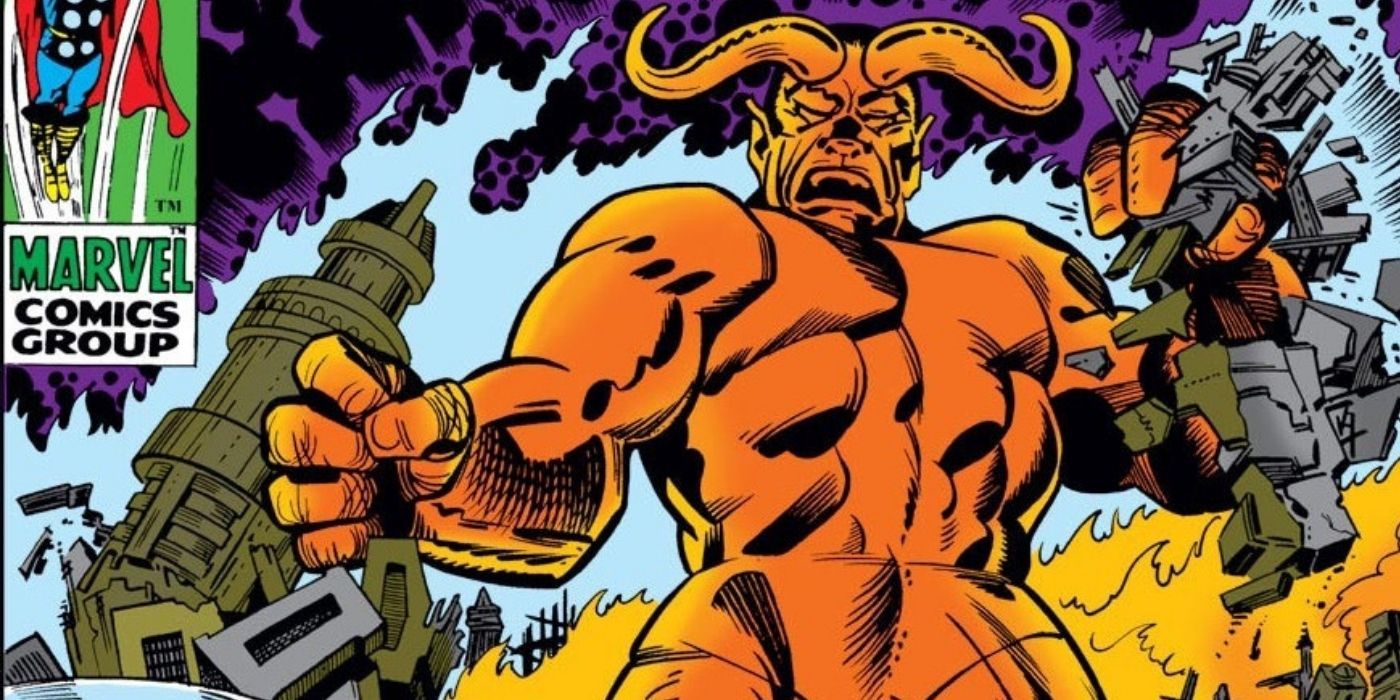
Loki has Thor and his allies thrown in the dungeon to stop them from defying him. With Odin gone, the spell he used to hold the demon Surtur is broken. The demon awakens and starts to attack Asgard. Loki, being a coward, flees to earth.
Loki does away with all the competition, filling the dungeons with anyone who might oppose him, like a true dictator. Kirby is wrapping things up here, as he has only one consecutive issue left before moving to DC, Darkseid, the New Gods, and The Fourth World.
1 Thor #175, 1970: "The Fall of Asgard!"
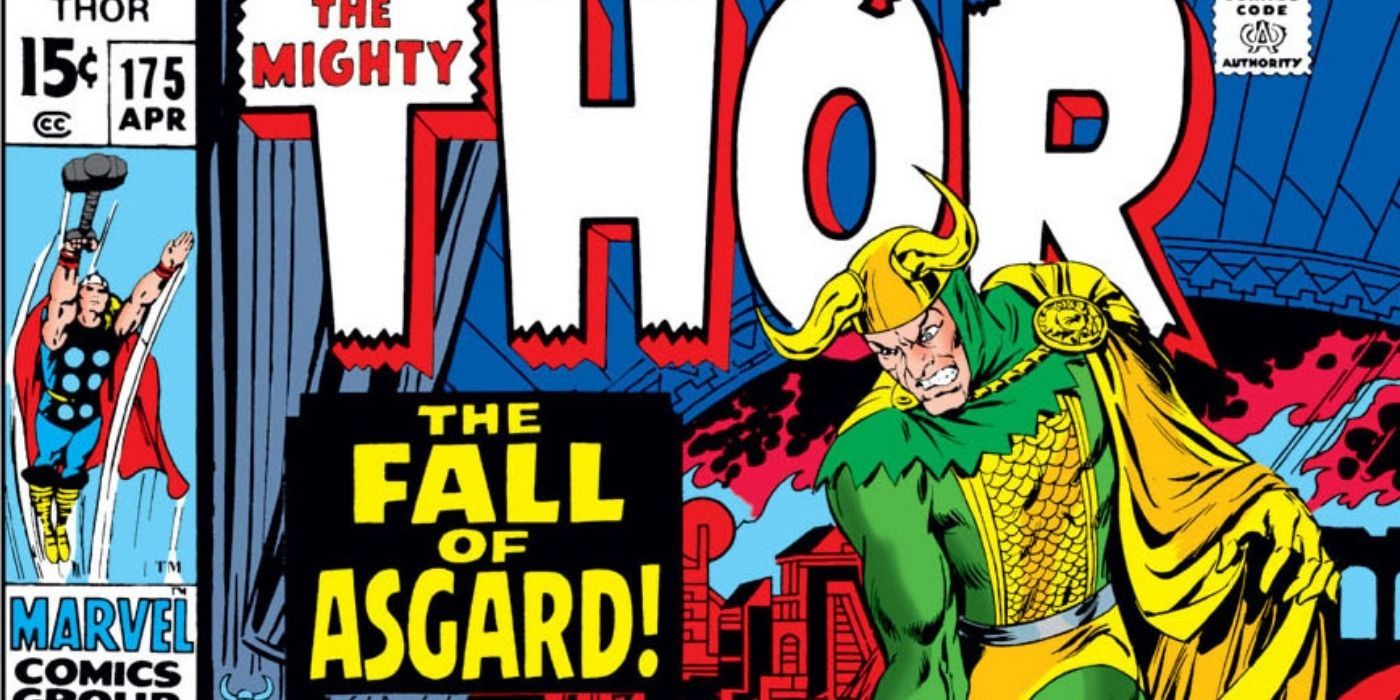
Loki assails Asgard with his troops. As the battle rages, he slips into Odin's chamber as Odin is in Odinsleep, and steals the Ring Imperial, the symbol of power in Asgard. The battle ends with Loki declaring himself ruler, forcing all to bow to him and the ring, even Thor. Finally, Loki rules Asgard.
Loki now sits on the throne of Asgard, something he has claimed is his right many, many times. Vince Colletta is back inking Kirby, and the difference between him and Bill Everett is night and day. Suddenly, almost all detail in faces and backgrounds disappear, along with much of the impact of the art. Colletta was infamous for inking entire books over a weekend and this shows it. He does have his fans, though.
from ScreenRant - Feed https://ift.tt/3AOOkGw


0 Comments